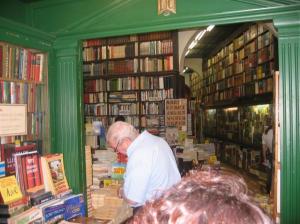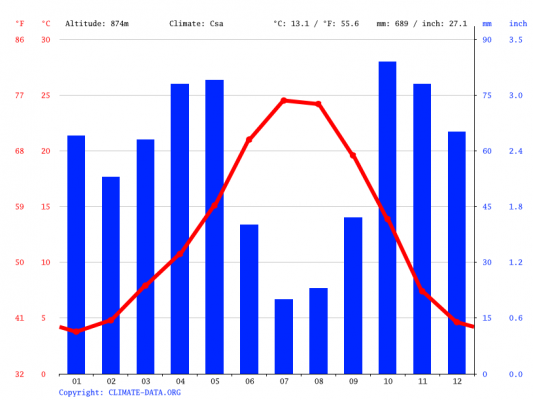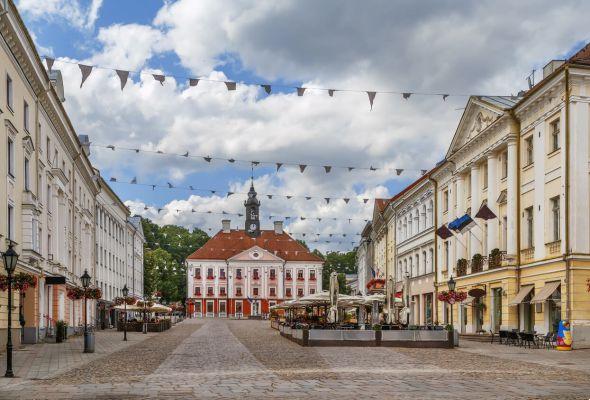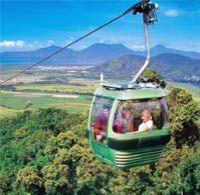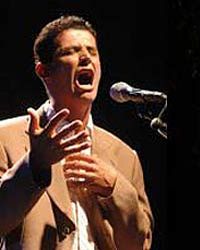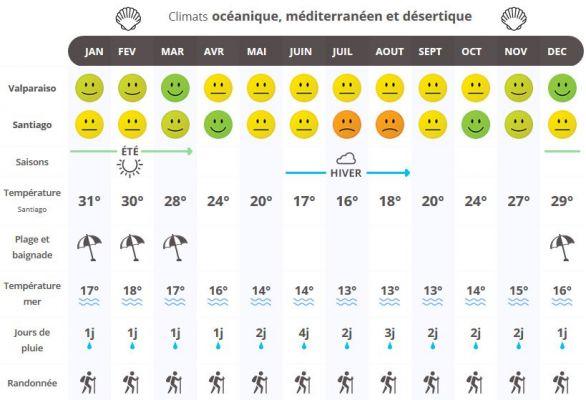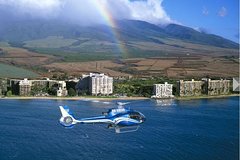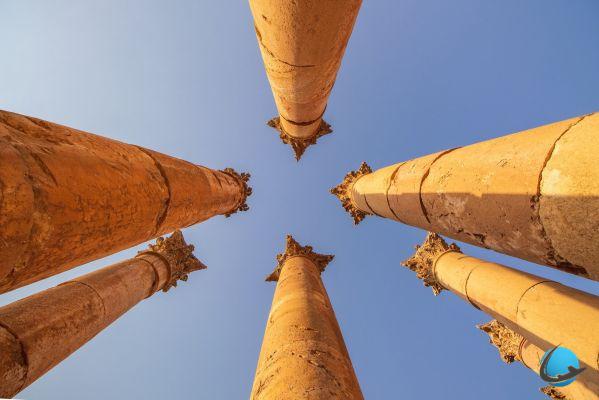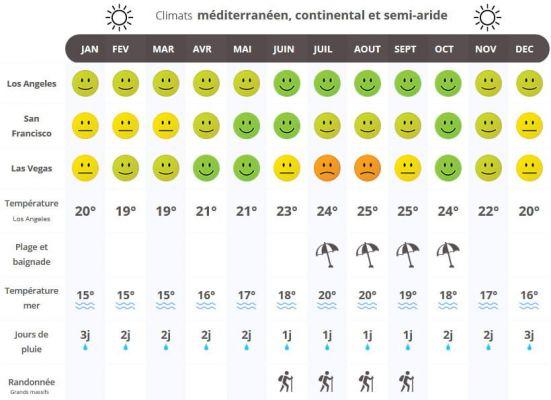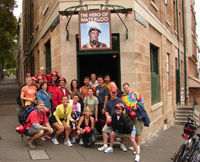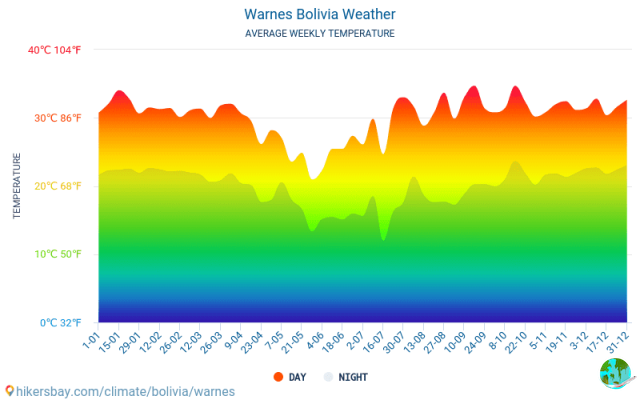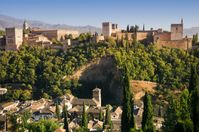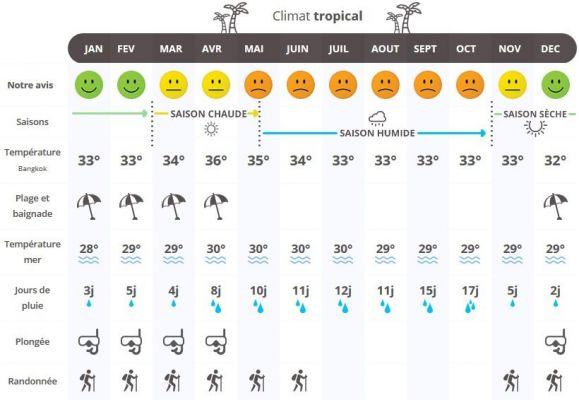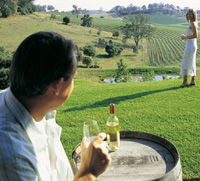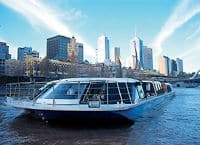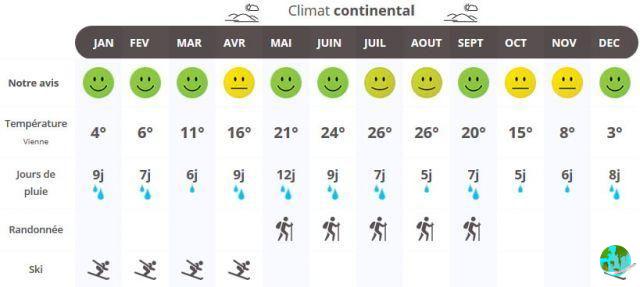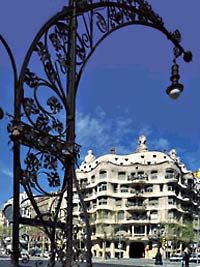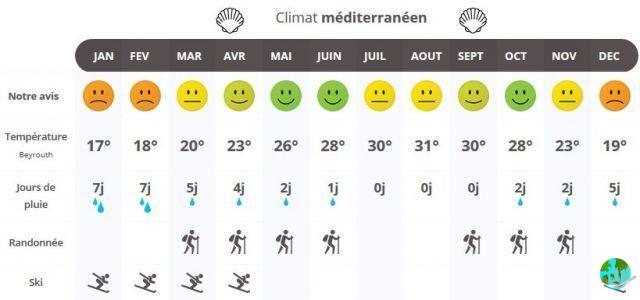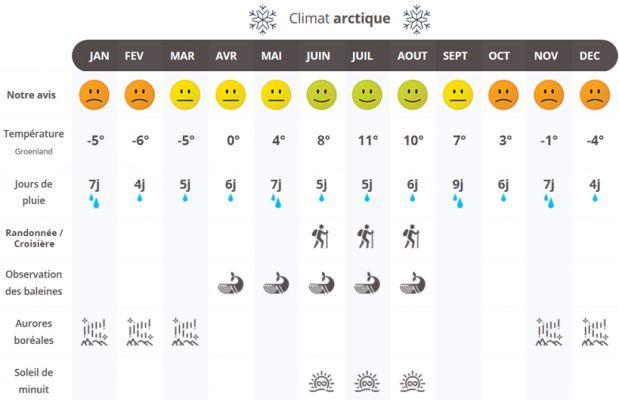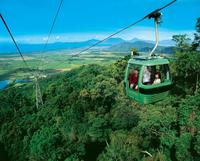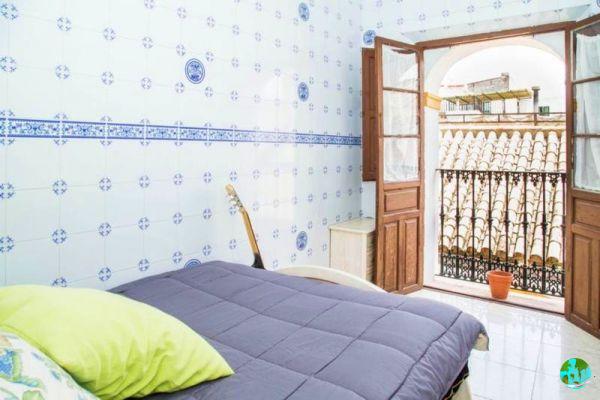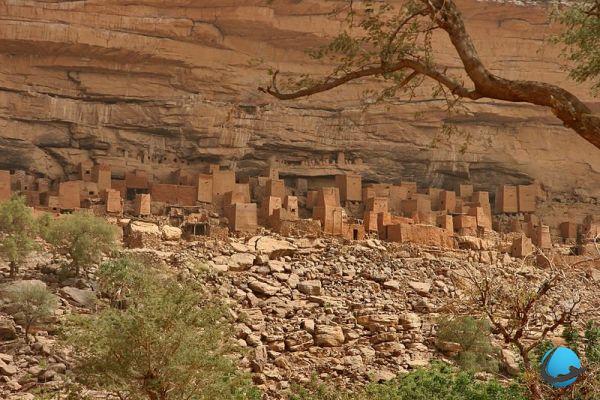
Huge in size - about twice the size of France - Mali offers travelers endless wild landscapes, where the Niger River cross, the desert and its dunes and traditional villages, isolated in the bush. An adventure ! From Bamako to Timbuktu, it will be necessary to take the sandy tracks to cross this country and discover all its riches. So why go to Mali? Lively markets, unusual landscapes and a sense of welcome from Malians!
Mali, a former French colony
Former French colony, formerly known as French Sudan, Mali gained its independence in 1960. From that time, there is still a district in the capital Bamako and old colonial residences on the banks of the Niger.
The bustling markets of Bamako
Why go to Mali and mainly to Bamako? Because the capital is the starting point of the stay in Mali. Besides its colonial district, the city has many tourist attractions, starting with its museums which allow you to better understand the culture of the country. National Museum and Muso Kunda Museum. It is also a very lively city where the Sunday markets in Bamako are numerous, colorful and lively. It is the ideal place to do some shopping, Malian craftsmanship being very varied and developed.
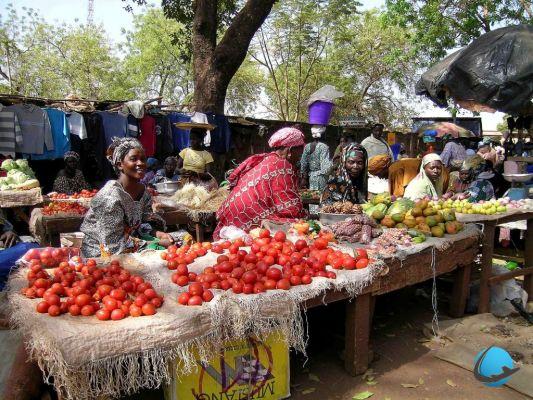 Market in Bamako
Market in Bamako
The Great Mosque of Djenné
After a few days in Bamako, the visit of Mali takes the path of the banks of the Niger. This, the third longest river in Africa after the Nile and the Congo, crosses all of Mali before flowing into the Atlantic in Nigeria. The river allowed the creation of many cities like Ségou or Djenné. The first has kept a district dating from the colonial era, while the second, a historic city in Mali, houses the Great Mosque, a huge building built of mud brick and listed as a UNESCO World Heritage Site.
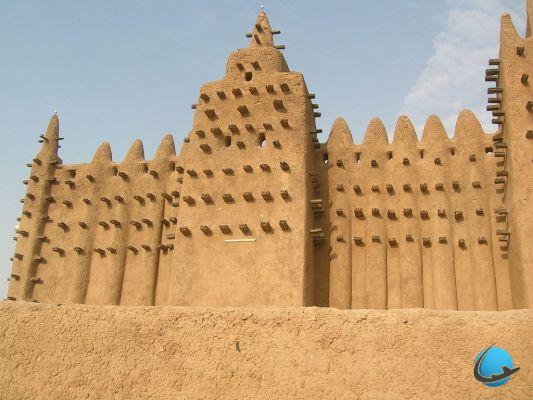 Mosque of Djenné
Mosque of Djenné
Canoe trip on the Niger in Mopti
The presence of the river also allows embark on canoe trips and enjoy a new perspective on the surrounding landscapes. When you arrive in Mopti, for example, a huge port where all kinds of goods pass in frenzy. This city is also home to a market that draws the entire region and a remarkable mosque, the Komoguel Mosque. Isn't that a good reason that answers your question: why go to Mali?
4 × 4 route in Dogon country
From there, visitors also meet at the gates of the Dogon Country, a vast region which offers the most breathtaking landscapes of Mali. From Bandiagara, successively extend vast plateaus, the vertiginous cliff of Bandiagara, 200 km long and immense landscapes of plains, up to the border with Burkina-Faso. You can travel it in 4 × 4 and make many stops to discover villages hidden in the recesses of the cliff and go to the major cities: Bandiagara, Songho and Sangha.
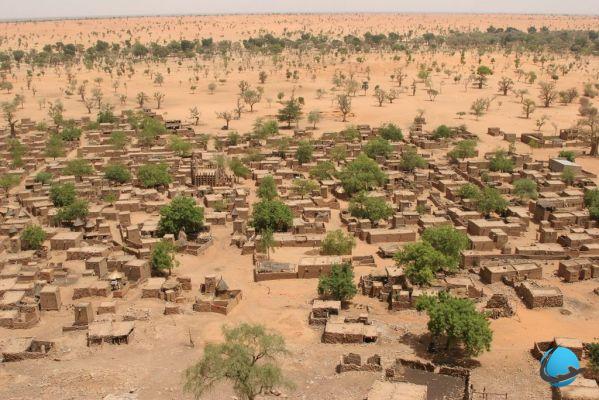 Village Telly
Village Telly
Few cheap hotels in Mali
In a country like Mali where there are many trips, accommodation is an expensive item. Especially since the hotels are rather expensive, for those who wish to find real comfort. One solution is to opt for the organized tour, sometimes inexpensive, by finding good last minute deals on the Internet.
Pratical information
- Saint-Martin Tourist Office : the official website of the Malian Tourist Office
- Passport and visa : passport and visa are required to enter Mali. The purchase of the visa is done on arrival, at the airport.
- Money and change : the currency of Mali is the CFA franc.
Transports
- Getting to Mali : Bamako-Sénou international airport welcomes international flights from Europe. You can then reach the center of Bamako by bus or taxi.
- Getting around Mali : Malian roads and tracks are well maintained, the bus network is dense and allows easy movement in the different regions of the country. Otherwise, renting a car allows you to gain autonomy.





